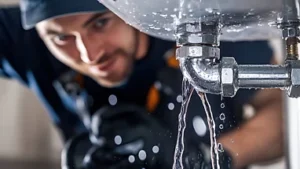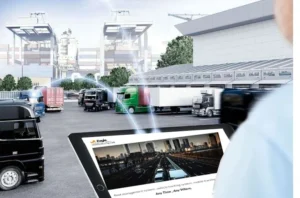
The crane wire rope holds the position as a crucial part because it is similar to the lifeline between the lifted heavy loads and the air. For instance, in a construction site, it’s the wire rope that ensures the safe lifting of steel beams or concrete slabs. Moreover, the capability of crane wire rope to withstand the conditions of construction sites and factories and bear their weight can be critical for the safety and productivity of lifting operations. Let us delve into the type of wire rope, such as Crane Wire Ropes, by looking at its composition, building techniques, maintenance procedures, and uses in various industrial setups.
Anatomy of Crane Wire Rope:
These wires are engineered by Electric Chain Hoist Manufacturers India to resist the high forces and stresses during the lift processes and touch them. The structure of crane wire rope can be distinct, accounting for the arrangement of ropes from a standard six-strand design to a customized loop that best suits the given lifting demands.
Strength and Durability:
The fundamental function of crane highway rope is to attach loads and lift them with precision and dependability. Consequently, in a well-considered design, strength and solidity are the most crucial aspects. The cable built towards cages engineered of the highest tensile forces and bending stress resistance and abrasion is designed to stay in service parametric for a long time and, what is more, provide comfort to those working in the industry under such harsh conditions.
Types of Crane Wire Rope:
There are several types of crane wire rope, each designed for specific lifting applications and environments. Let’s take a closer look at each type and their unique features.
- Galvanized Wire Rope: Treated with a zinc coating that protects from corrosion and the self-healing process known as galvanic action, galvanized wire rope is suited for outdoor and marine applications in which exposure to moisture and tough animals is a primary issue.
- Stainless Steel Wire Rope: Renowned for its unique ability to resist the intrusion of corrosion and the delivery of long-term service, stainless steel wire rope is very suitable for lifting operations under corrosive conditions, like chemical plants and offshore installations.
- Rotation-Resistant Wire Rope: This type of wire rope is designed to not twist or rotate under load, making it the favorite choice in applications where accuracy, attentiveness, and stability are required, such as tower crane operations. In simpler terms, it stays in place when you want it to, ensuring precise and safe lifting operations.
- Compact Strand Wire Rope: The compacted strand design of the compact strand wire rope supports its extra strength and abrasion resistance features, which makes it fit for heavy lifting in construction and mining applications.
Safety Considerations:
The rope is a fundamental part of crane operations, with safety as the top priority. It instills confidence in safe manipulation and handling of loads. Operators must adhere to maximum load limits, safe lifting procedures, and all safety instructions to minimize the risk of accidents.
Conclusion:
This is the driver of many work operations’ safety, and our primary wire rope product provides the power, durability, and reliability required to lift safely and precisely heavy loads. Industrial lifting is, in essence, a wire rope that breathes life.






